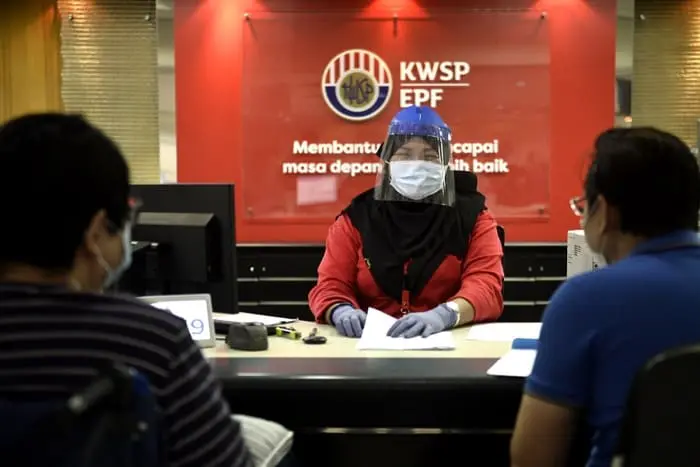Alex Cheong Pui Yin
27th January 2022 - 3 min read

Several economists have forecasted that the dividend payout for Employees Provident Fund (EPF) in 2021 will be higher than the rate of the previous year, or at least match it. In 2020, EPF managed to declare a dividend payout of 5.2% despite the challenging global economic climate caused by Covid-19.
Prof Yeah Kim Leng of Sunway University is optimistic that the EPF could declare about 6% dividend due to the respectable performance of its investments in the first nine months of 2021. During this period, EPF’s net investment income rose by 26%. Additionally, the economist said that the positive performance of domestic and global equity markets during the fourth quarter also helped to boost EPF’s annual earnings.
Meanwhile, chief economist of Bank Islam Malaysia, Dr Mohd Afzanizam Abdul Rashid said that the EPF dividend for 2021 should be able to at least match the 2020 dividend rate, if not be higher. He cites similar reasons as Prof Yeah, saying that the total gross investment income of EPF stood at RM48.02 billion for the first nine months of 2021 – which was equivalent to a 7.7% growth as compared to the same period in 2020.

“Clearly, the investment strategies, which are well diversified across all asset classes and geographical locations, have enabled the pension funds to navigate a stormy investment climate last year. The EPF has remained committed and guided by its Strategic Asset Allocation (SAA) that has helped it endure volatile market conditions,” Dr Afzanizam said.
Despite the optimistic outlook, the economists also prudently acknowledged that there are some factors that may somewhat dampen the prospects. Specifically, Prof Yeah said that although the fund performance was not dented by the withdrawal of RM67.6 billion under the i-Sinar and i-Citra schemes as at the third quarter of 2021, the lingering concerns over further withdrawals and possibly longer impact may cap a higher dividend payout.
For context, EPF contributors have collectively withdrawn a total of RM101 billion via i-Lestari, i-Sinar, and i-Citra – three schemes that were introduced between 2020 to 2021 to help the public stay afloat during their period of financial distress caused by Covid-19. This massive withdrawal has left approximately 73% of EPF members at serious risk of not being able to retire above the poverty line.

Prof Yeah also commented that moving forward, EPF contributors who had been forced to dip into their savings will need to prioritise regaining their employment and recouping income losses. Those who are nearing the mandatory retirement age may also need to consider postponing their retirement. Retirees without sufficient savings, too, will need to rejoin the workforce.
Also, the government needs find ways to forestall a crisis of old age poverty. One possibility is to increase social and development spending to boost job and income opportunities. “The government will also need to focus on keeping the cost of living low and stable, and expand financial literacy programmes to encourage higher savings,” said Prof Yeah.
(Source: The Star)









Comments (0)